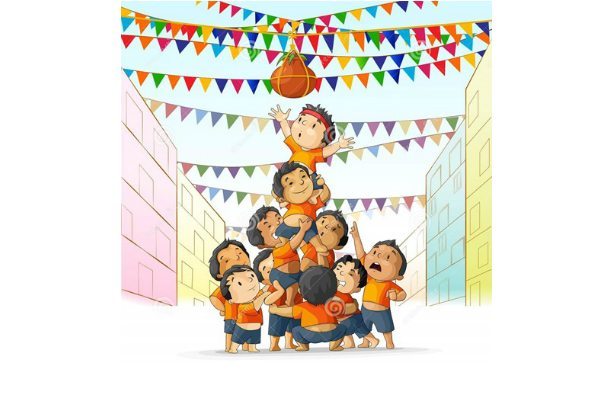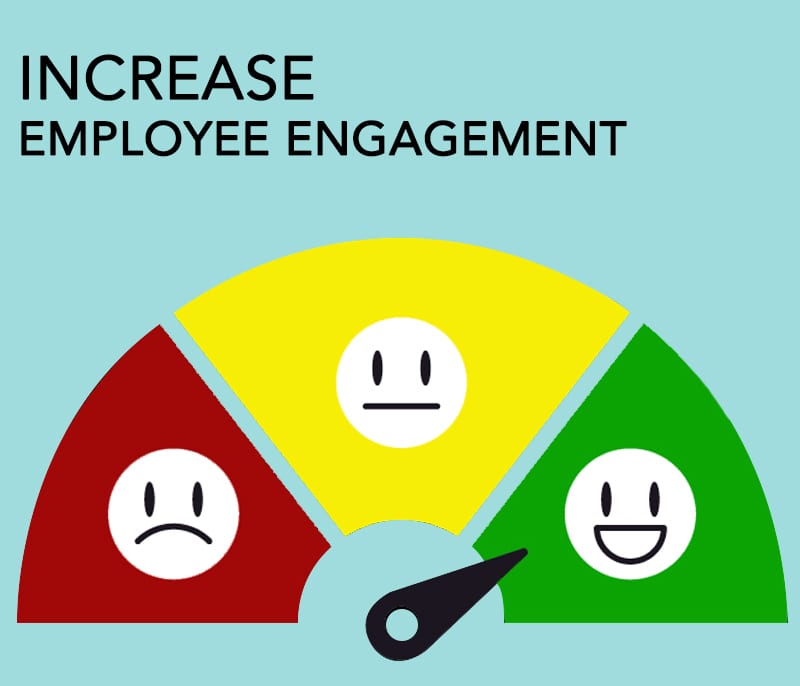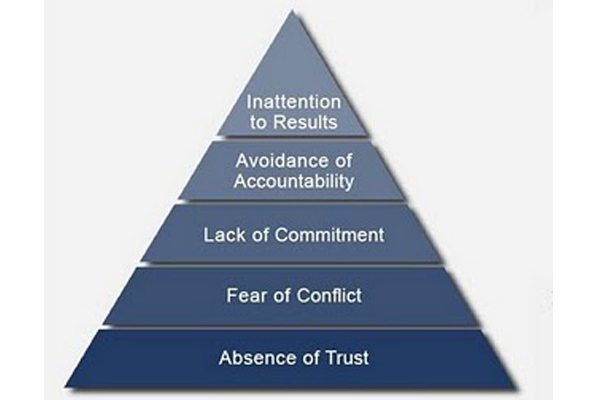Janmashtami, one the most popular festivals in India, is celebrated to mark the birth of Lord Krishna. To play act the love of Dahi that the naughty lord had, especially in the Western parts of India – breaking the Dahi Handi is a popular form of celebration. For someone who has never witnessed it – the experience is as breathtaking as it is memorable.

A chance stay in Mumbai during Janmashtami a couple of years back, gave me many interesting insights around team work. The outcome of a dahi handi is totally dependent on the team effort, of all the participating members – called the “Govindas”.
So here are a few lessons that we in corporates can take inspiration from:
1.Have Clarity on the Common Goal:
All the Govindas come together for one clear goal -which is to break the hanging handi. The interesting fact here is that, all the Govindas are not very well intimately familiar with each other. Because the number of Govindas required to break at handi is dependent on the height of that hanging handi, for every other handi there are always a different number of people who form a human pyramid. Most team members hence do not have fixed roles – they adapt in line with the challenge ahead of them. And while there are cheer leaders, they do not really require a single leader to direct and drive the team towards the goal. The whole team is a self driven, self motivated unit focused around one clear goal – which is to break the handi.
Wouldn’t it be wonderful to have such self-driven, self-motivated teams which need no monitoring – within our corporate environments?
2. Openness & Understanding:
All the Govindas intuitively understand the requirement of the situation. For making a human pyramid, it is very important to have an understanding of everyones strength and weaknesses. In an environment where everyone does not know each other extremely well, an environment of openness and trust become paramount as people get allocated to do different roles within the pyramid. For example, the strongest members are moved towards the base of the pyramid – the lightest, most nimble member is allocated the role of the person at the top and so on.
Delegation of work within teams, in corporates – does not always happen according to the need of the situation. Various other extraneous factors like status, proximity to leaders, time spent in the company, etc creep in. Is that really the best way to achieve a task? Also a good team member is not a one who gives a great individual performance; He is one who might play a lesser role, in service of the success of the team. An open team environment that encourages people to voice opinions and concerns, often helps in facilitating this.
3. Never Give Up:
If you have seen the dahi handi, you must have seen that when these Govindas are actually trying to break it, people from high buildings often throw different colored water on them . This is done to make it more slippery, hence more challenging for all the Govindas. But do they give up? Absoulutely not!
The Govindas may get hurt many times, going for the handi. Infact, sometimes things get so bad, that giving up becomes the easier option to go for. But the Govindas rarely ever give up – egging each other on to achieve their target.
Every manager would perhaps give his right arm – to have a team like this one! A team that in the face of stiff challenges tries out various approaches & never gives up.
Can you be a Govinda for your organization? If you think about it, it will not only help the organization – but will also make you a better person!










